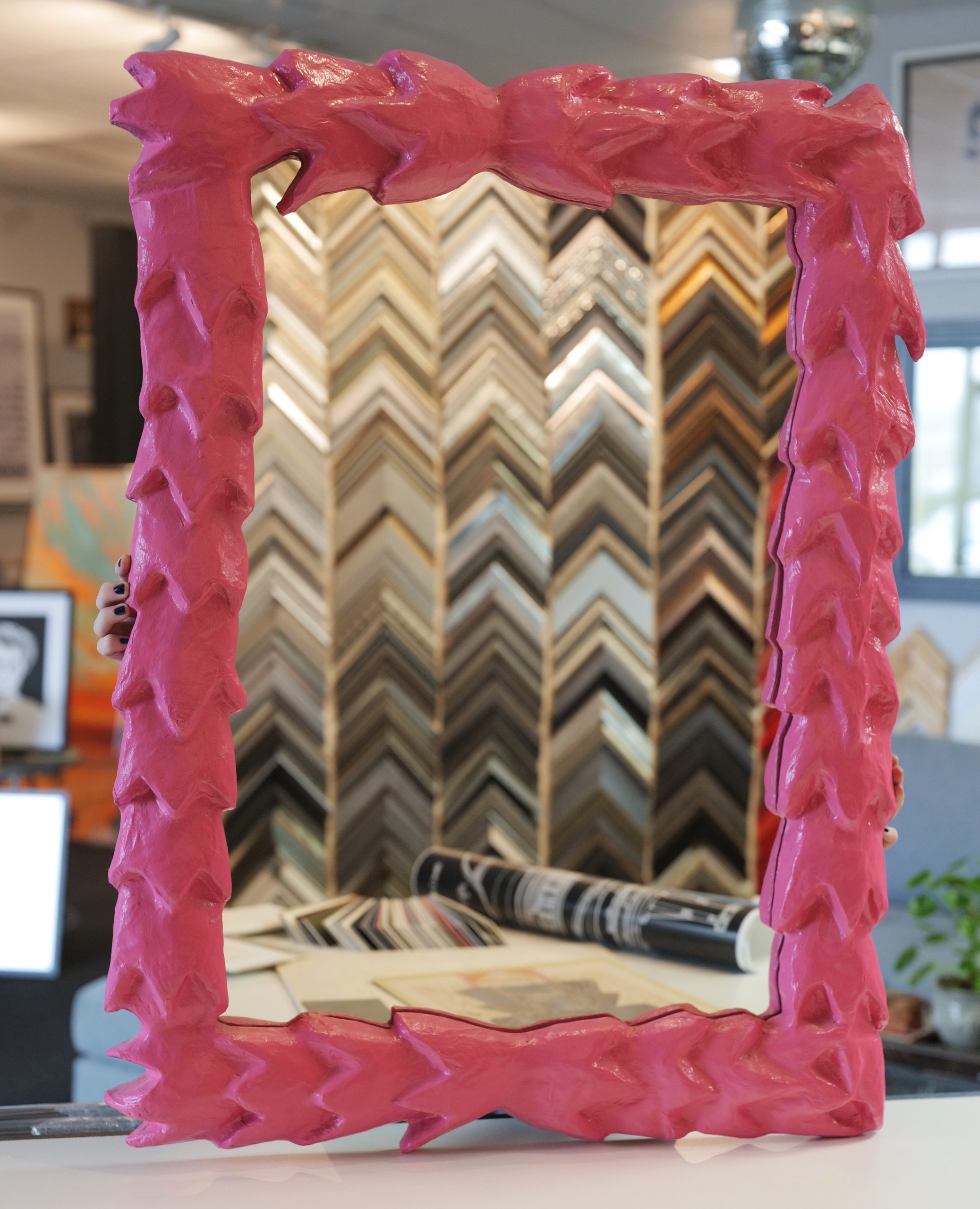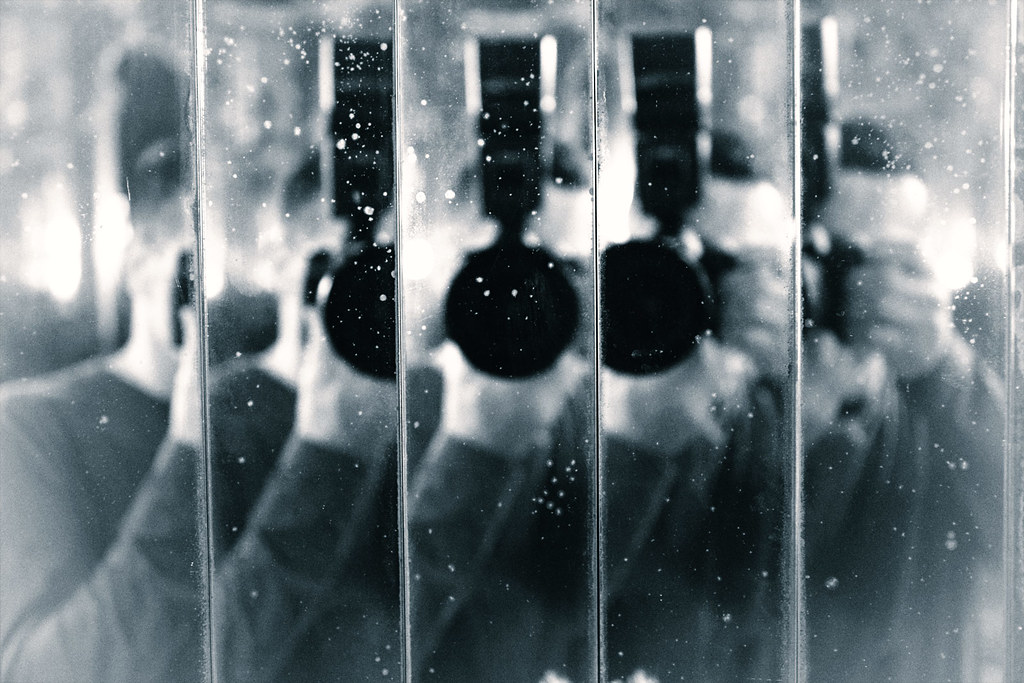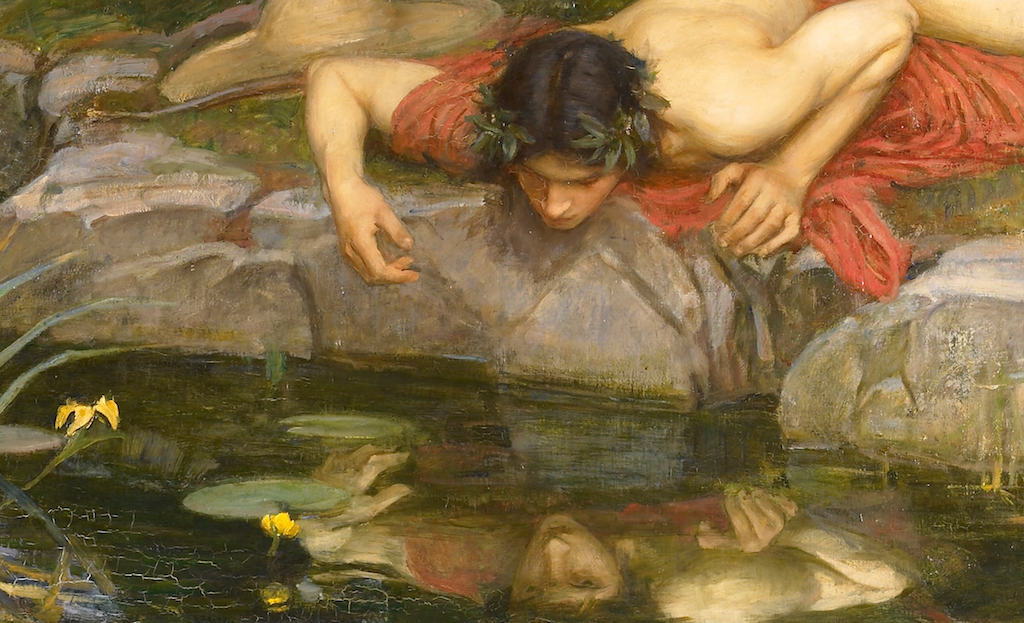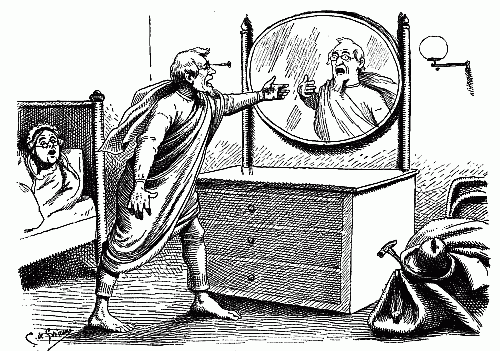
14 Nov Mirror, Mirror

How do you make a mirror?
There are several types of available mirrors (we’ll only discuss flat mirrors here today): Aluminum glass, Low-Aluminum glass, and Silver glass mirrors. The type of mirrors most commonly used are the aluminum glass mirrors due to the affordability, reflectiveness, & durability of aluminum. Read on for an in-depth look at the different types of mirrors.
+ Aluminum Glass Mirrors are made by covering glass in an aluminum powder, put into a vacuum chamber, then coated in waterproof protective paint. Aluminum is only slightly less reflective than silver, reflecting 90% of light, and does not tarnish, making Al the preferred substrate for high quality mirrors.
+ Low Aluminum Glass Mirrors are made by coating both silver and then waterproof protective paint
+ Silver Glass Mirror is made by coating the glass by silver, then copper, then waterproof paint. Silver is the most reflective across the visible spectrum, as it reflects 95% of light.
The challenge with using silver as a coating material is that, unlike aluminum, it tarnishes with exposure to air, specifically to sulfur. Makes sense when you think about a vintage mirror and the associated distressed texture.

A short history on mirrors:
The very first mirrors ever used were pools of water: casting back the reflections of our primitive ancestors. We even have the Greek myth of Narcissus, the son of a river god Cephissus & the nymph Liriope, who fell in love with his own reflection in a pool. That story had a dark twist-when he came to fully understand the situation he killed himself. Yikes.
The earliest produced mirrors date back 6,000 years ago in Turkey— made with obsidian, a super reflective black volcanic glass. Ancient Egyptians produced mirrors made out of polished copper, often embellished with decorative designs. In central & south America, polished stone mirrors have been found dating back to 2000 B.C. Bronze and other precious metals or metal alloys were used in ancient times, but were only available to the super wealthy who could afford the high cost.
The first instances of metal-backed glass as a mirror dates back to the first century A.D. in Lebanon. There is also evidence to support that the Romans made mirrors from blown glass & lead backings. Come the third century A.D., glass mirrors were being produced throughout Asia, North Africa, and part of Europe.



Uses of mirrors in the home? Besides for checking yourself out in 😉
Read on for several known mirror tricks favorited by interior designers.
+ Make a cramped kitchen feel more spacious: a long mirror strategically placed on the back wall will create a depth that wasn’t there before. Fight the feelings of claustrophobia with this handy mirror hack.
+ Place a mirror across from a window in a small room to create the effect of a second window. The mirror will reflect the light emanating from the window and bring a sense of space & light to an otherwise cramped room.
+ Using Mirrors to create layered space: Placing a standing mirror behind furniture helps to battle a cramped, enclosed feeling.
+ Use a mirror in a layered art collage to add dimensionality & light.
+ Mirrors on the inside of closet doors will save you floorspace while creating an illusion of a much larger closet!
+ Statement mirrors in the entryway of a home is so popular because it gives your visitors an instant feeling of light & relief.

An exploration of Mirror Myths!
- Break a mirror? Seven years of bad luck for you! Why? An old Roman legend taught that when looking into a mirror, they were actually seeing their soul reflected back at them and that a soul took seven years to renew itself; so if you break a mirror you’ve broken your soul and need to wait for a new one to grow back! Yikes, hard consequences for a broken mirror.
- Some people believe that mirrors can trap the souls of a person who died, so care is taken to cover mirrors when a person passes in the house. This is seen in the Jewish mourning ritual of sitting shiva.
- If a mirror falls off the wall & breaks, someone is going to die.
- If a mirror falls off the wall & doesn’t break, good luck is coming!
- Vampires & witches wouldn’t have a reflection when looking into a mirror because they have no soul. Derivative from the same Roman logic.
- A baby should never see its own reflection before turning 1, or else it will die.
- To unite their souls in the spirit world, it has been advised that newlyweds should stand together in front of a mirror after marriage.
- If someone dies, don’t look into their mirror! To see your reflection in a dead man’s mirror will cause the dead person’s soul to take your soul with them. Myth states you should consider their mirror unsafe until the person is in the ground or cremated.
- In Chinese rites, brass mirrors would often be hung over idols or opposite the front door to scare away evil spirits with their own reflection!
- In Russia & India, it is considered bad luck to look at your reflection in a broken mirror.


